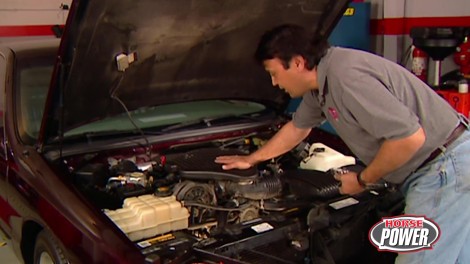
96 Impala Breather
We focus on increasing the horsepower of Chuck's '96 Impala SS and our '96 Mustang convertible through bolt-on modifications, starting with intake enhancements.
Season 7
Episode 13
Hosts: Joe Elmore, Chuck Hanson
First Air Date: September 28, 2022
Duration: 21 minutes 13 seconds




























